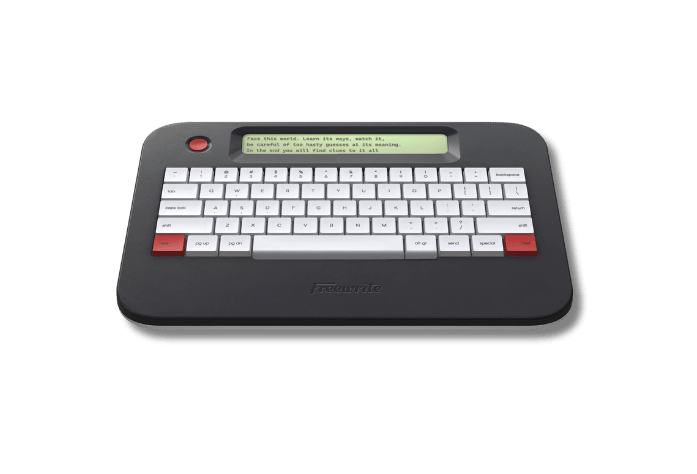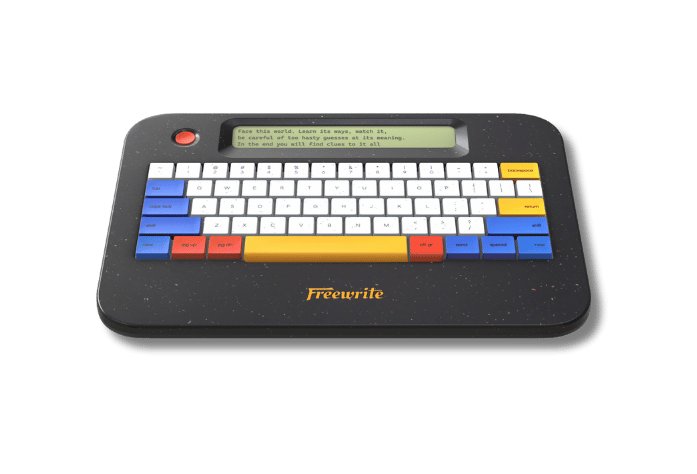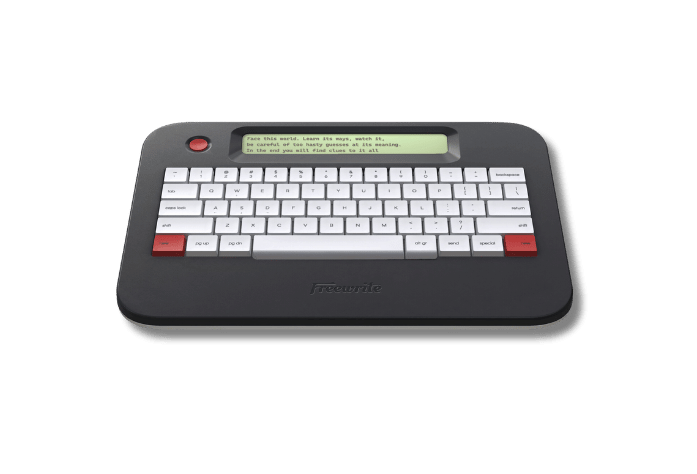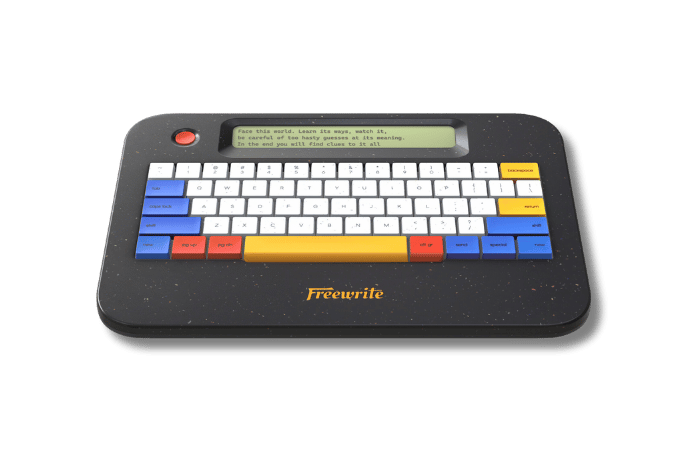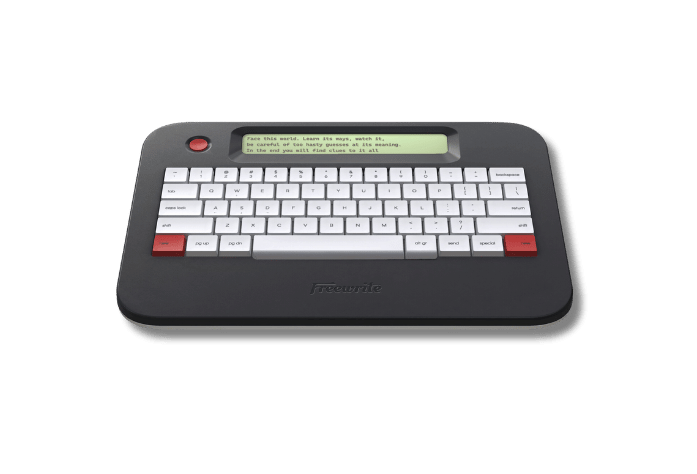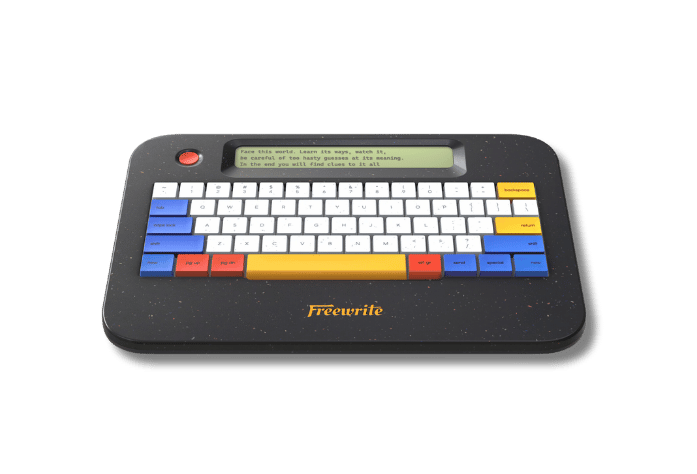Authors are often divided over the issue of whether to plan out a whole novel in detail or just start writing - but one thing that all writers agree on is the need for a powerful story arc. Your story arc is what gives your novel structure and makes it satisfying for your readers. Without it, you have a story that meanders around, getting nowhere, and it doesn’t matter how beautiful your prose is - without a story arc, you’ll leave your readers woefully dissatisfied.
The Ingredients of a Story Arc
If you consult a dictionary for a definition of a story arc, you’ll see something like this: “(in a novel, play or movie) the development or resolution of the narrative or principal theme” (Oxford English Dictionary).
As something that develops and then resolves, the story arc has a shape to it - and the things that give it its shape are rising and falling emotion and tension, and character development. When these ingredients are used effectively, you have a powerful story arc that keeps your readers hooked - which is what every author (should) want.
As far back as Aristotle (4th Century BCE), the great writers have understood that the formula for an effective story arc involves a beginning, a middle and an end.
- The beginning sets the scene and introduces the characters and theme of the novel.
- The middle builds the tension and increases the emotional investment from the reader.
- Finally, the end provides a resolution. It doesn’t have to be a complete resolution (although some readers prefer that), but there does need to be some kind of resolution.
Expert Advice on Creating a Powerful Story Arc
1. Build Your Story Arc with the ‘5 Ws’
Every writer should be familiar with the 5 Ws - Who, What, Where, When and Why - but you may not have realized how much power they can wield when you’re building your story arc. To get the most out of the 5 Ws, you need to ask yourself a set of questions that will guide the way that your plot develops:
-
Who Questions:
- Who are your protagonists and how might they grow or diminish to create tension
- Who are your antagonists and how will their development impact on the narrative and your protagonists?
- Who in your cast of characters do you want your readers to sympathize with most - and how might subverting this create tension in your story arc?
-
What Questions:
- What motivates your characters, and how might these motivations be challenged in the course of your story?
- What impact might misguided motivations have on your character - and how can this be used to create tension?
-
Where Questions:
- Where does your story take place, and how might unexpected changes in setting cause difficulties for your characters and build the tension in your story?
-
When Questions:
- When in your story’s timeline would it be most effective to raise the tension?
- When might your readers be least likely to expect something to occur that can build emotion and tension?
-
Why Questions:
- Why will your readers be emotionally invested in your story - and how can you subvert this as part of your story arc?
2. Don’t Be Afraid to Break from Tradition
There are, of course, different types of story arc - and while the rise-then-fall formula is one of the most popular formulas in use, there are also a number of archetypal plot arcs that have been successfully used by writers over the centuries. In fact, using an archetypal story arc can give your novel’s plot a lot more power since it breaks from what many readers come to expect.
If you want to try using an archetypal story arc, you have five different options to choose from - according to researchers from the University of Vermont and the University of Adelaide. These have been classified into types of narrative:
- Rags to riches (rise)
- Riches to rags (fall)
- Man in a hole (fall then rise)
- Cinderella (rise then fall then rise)
- Oedipus (fall then rise then fall)
A lot of these story arcs are based on taking your readers on an emotional journey. Rags to riches stories, for example, gain reader investment by creating a character that can be sympathized with and create a positive emotional journey of escaping hardship, which resolves with a typical happy ending. These types of stories are really popular - because they create a sense of hope and fairness.
However, rags to riches stories have been so overused that readers are now demanding more, and the Oedipus type of story arc is the one that readers seem to reach for the most, closely followed by Man in a Hole story arcs.
It can be helpful to create a visual representation of the different types of archetypal story arcs to help you plan these developments into your plot. For example, a visual representation story arcs in the study mentioned above looks like this:

(Top Row, left to right: Rags to riches; Man in a hole; Cinderella
Bottom Row, left to right: Riches to rags; (Icarus - the traditional rise-then-fall); Oedipus
(Credit: Reagan et. al/ University of Vermont)
With a visual representation of your story arc, it’s easy to plot on the main events in your story and uncover more opportunities for creating high emotional stakes. If you’re not one for detailed plot outlines, a visual story arc allows you to keep your writing following the story arc without having to plan out every chapter or scene.
3. Exploit the Power of Sub-Arcs
Depending on the length of your story or novel, building sub-arcs, or lesser arcs into your story can be really effective. These sub-arcs can be in addition to, or as part of, your main story arc. For example, if you’re opting for a traditional rise-then-fall story arc, you could have a sub-arc that is based around a different theme in your story that follows more of a rise-then-fall-then-rise or fall-then-rise-then-fall format.
Using sub-arcs helps you to build a stronger dramatic structure into your story and is really effective in keeping your readers on the edge of their seats as they read. There are a lot of benefits to using sub-arcs in your stories, too. For example:
- You can create different types of tension at different points in the story - for example when the tension is lessening in your main story arc, you could build tension in a sub-arc to maintain your readers’ engagement.
- You have more opportunities to develop your characters and make your readers more invested in them.
- You can create multiple situations where it seems like your characters have everything to lose - which creates even more dramatic tension.
When you’re using sub-arcs, creating a visual outline of your novel is pretty crucial. Building sub-arcs into your story can be complex, so it’s important that you’re able to see where you are in both the main story arc and your sub arcs - or you could end up with a mess instead of a defined arc. It’s these kinds of muddled middles that put readers off and leave them frustrated - so don’t skip creating a visual outline of your arc and sub-arcs.
Plotting your arcs and sub-arcs on graph paper or using an app on your computer or phone can be done relatively quickly - and as your story develops it’s easy to make adjustments and add more details onto your diagram as you go along. This way, you’ll avoid the problem of adding too many sub-arcs or too many points of tension and keep a clear dramatic structure in your story.
There are plenty of story arc templates you can download online, like this one:

(Credit:https://www.timvandevall.com/templates/plot-diagram-graphic-organizers/)
Wielding the Power of Story Arcs
Whatever type of fiction you write, whether it’s science fiction, literary fiction, crime and thrillers, horror or anything else, you need to start plotting using story arcs. Your readers will thank you for it - and your readership will grow, too.
Story arcs are a simple tool that can make the difference between a good story and a great story. Many authors who don’t like to plot their novels in advance see story arcs as restricting their creativity - but in fact, story arcs can fuel your creativity, allowing you to visually see more opportunities for developing characters and building tension.
You don’t have to do a detailed outline to use story arcs, and you’re sure to find that rather than being restrictive, story arcs give you the structure that you need to unleash your creative juices onto the page.
About the author:
Ariella is an experienced copywriter, editor, and digital marketing consultant. Driven by a passion for writing and content creation she takes pride in producing articles that deliver the latest information in an engaging manner and marketing campaigns that deliver exceptional results. Ariella has a BA (Hons) in English Language and Creative Writing (First), an MA in Theology and Ministry, and is a published author of three novels and a bestselling non-fiction book. A creative at heart, Ariella has 14 years’ industry experience and always aims to keep abreast of current trends and developments. She lives in the UK with her three beagles Zeke, Hope, and Sandy, who always make life interesting.



